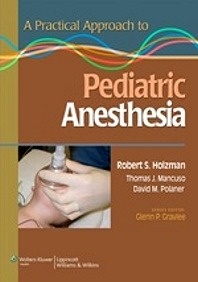Reseña o resumen
This is the fourth edition of one of the established references in Gastrointestinal Radiology. It has been 20 years since the first edition of Gastrointestinal Radiology: A Pattern Approach was published and 7 years since the last edition. The purpose of this book is to provide a practical resource for residents and practicing radiologists who interpret imaging findings from gastrointestinal examinations. This edition continues to maintain an important role in the mainstream radiology literature.
Using a pattern recognition approach to describe and categorize imaging findings, Eisenberg follows an established pedagogic technique in radiology. The first edition of this book set the standard by using this approach for gastrointestinal radiology. This fourth edition updates and expands on valuable material from the earlier editions.
A total of 80 chapters are contained within the sections of the book, which are organized according to the organs of the luminal digestive tract, diaphragm, and biliary system. Another section is devoted to ultrasonography, computed tomography (CT), and magnetic resonance (MR) imaging of the gallbladder, liver, and spleen, and another section covers miscellaneous entities. There is a new chapter devoted to MR imaging of the liver, and additional CT and MR images have been integrated into other chapters. A few obsolete chapters have been removed.
The chapters are, for the most part, organized by imaging patterns and include both normal variants and pathologic conditions that can result in the pattern described. Curiously, the new 24-page chapter on MR imaging of the liver is organized by pathologic entity rather than by imaging pattern. Part of the value of this book is that, in addition to the descriptions of imaging patterns, there are directed discussions of specific pathologic entities. These discussions help to integrate the pattern recognition approach with the essential disease-oriented information.
Many of the illustrations have not been changed since the first edition. Some of these are representations of extremely unusual entities and some remain excellent examples of the intended finding especially the high-quality examples from barium examinations. Updated images for other cases would be welcome. This is especially true for the outdated B-mode sonographic images and CT scans. A few images are poorly annotated, and the intended findings are not easily perceived. The author does not, in my opinion, provide optimal images in some instances. This edition has a layout that is nearly identical to that of the prior edition, but the print is smaller. This was likely a concession to maintain the overall number of pages. Unfortunately, the contrast of the images in this edition has also decreased compared with that in the prior edition with some compromise to the overall image quality.
Gastrointestinal Radiology: A Pattern Approach remains an invaluable resource for residents and practicing radiologists. It is a pragmatic volume that describes the way practicing radiologists work. The book is an important tool for residents who are learning to recognize imaging patterns and to integrate that knowledge with information regarding disease entities. This book is definitely a valuable resource for board preparation and for practical reviews. It has a long history as a dependable resource and deserves to remain in every academic library

